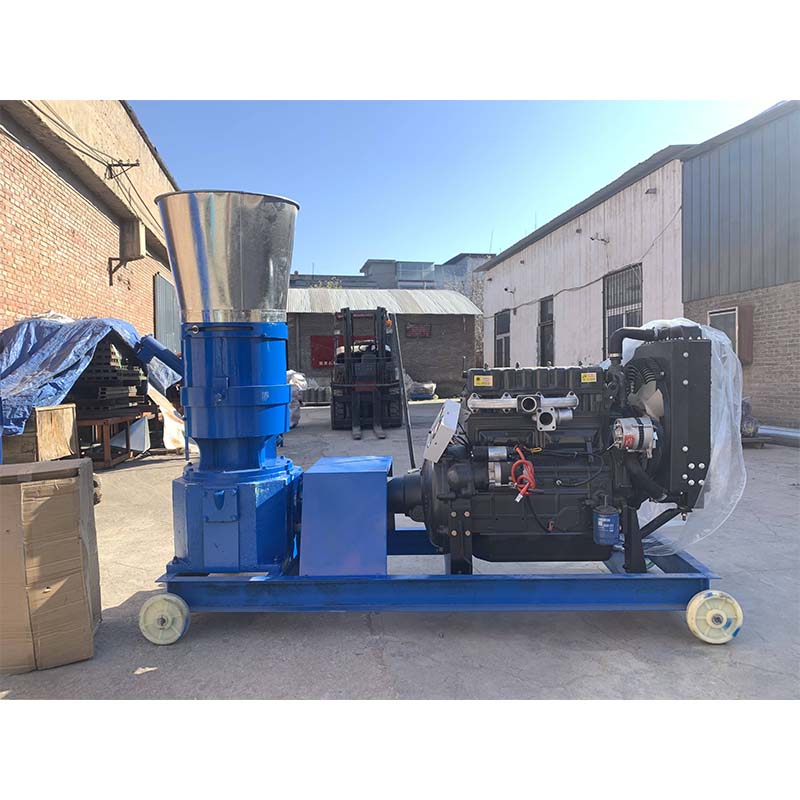paint room exhaust fans
Dec . 12, 2024 14:56 Back to list
paint room exhaust fans
Understanding Paint Room Exhaust Fans Importance and Functionality
In industrial and manufacturing settings, the precise execution of painting tasks is essential for both aesthetic quality and durability of the finished product. One of the critical components in a paint room is the exhaust fan, which plays a vital role in maintaining a safe and efficient working environment. This article will explore the importance, functionality, and considerations when selecting paint room exhaust fans.
Importance of Exhaust Fans in Paint Rooms
The primary purpose of exhaust fans in paint rooms is to remove fumes, vapors, and particulate matter generated during the painting process. These toxic substances, including volatile organic compounds (VOCs), can pose serious health risks to workers if inhaled. Prolonged exposure to these pollutants can lead to respiratory issues, skin irritations, and other health complications.
Moreover, controlling air quality is crucial in ensuring that paintings dry properly and adhere well to surfaces. Excessive humidity and stagnant air can lead to issues such as drips, uneven finishes, and prolonged drying times. Therefore, effective ventilation and air exchange facilitated by exhaust fans are essential for maintaining the integrity of both the work environment and the quality of the paint jobs.
Functionality of Paint Room Exhaust Fans
Paint room exhaust fans are designed with specific features that cater to the unique challenges posed by painting operations. These fans often incorporate high-capacity motors that can handle the demands of continuous operation, ensuring consistent airflow throughout the paint application process. Additionally, many exhaust fans come equipped with explosion-proof technology to mitigate the risk of fire or explosion, given that many paints and solvents are flammable.
The fans operate by creating negative pressure within the paint room, drawing in fresh air from outside while expelling contaminated air. This air exchange helps to dilute harmful fumes and provides a suitable environment for painters. Many systems also include filters that capture particulate matter, providing an added layer of safety for both workers and equipment.
Moreover, modern exhaust systems can be automated and controlled through advanced technology, allowing for programmable settings that optimize airflow based on the specific needs of the painting process. This level of control aids in energy efficiency, reduces operational costs, and enhances overall performance.
paint room exhaust fans

Considerations for Selecting Exhaust Fans
When selecting an exhaust fan for a paint room, several factors should be considered
1. Airflow Capacity It's crucial to choose a fan that can achieve the appropriate airflow rates for the size of the paint room. The airflow is usually measured in cubic feet per minute (CFM), and it should be calculated based on the room's volume and the specific requirements of the painting operation.
2. Filtration System Consider fans that are compatible with high-efficiency particulate air (HEPA) filters or electrostatic filters to effectively capture fine particles and ensure a clean working environment.
3. Noise Level Depending on the operational context, the noise produced by the exhaust fan may impact the working environment. Selecting a fan with quieter operation can enhance worker comfort without sacrificing performance.
4. Safety Features Look for fans that include safety features, such as explosion-proof housing and automatic shut-off systems, to minimize risks associated with flammable materials.
5. Maintenance Requirements Routine maintenance is essential for optimal performance. Choose fans that are easy to access and maintain, ensuring that filters can be changed conveniently and components can be inspected regularly.
Conclusion
Paint room exhaust fans are an indispensable part of the painting process in industrial settings. They not only enhance air quality but also contribute to the safety and health of workers, safeguarding against the risks associated with hazardous materials. By understanding the importance and functionality of these systems, and carefully selecting fans based on specific operational needs, companies can ensure a safer, more efficient, and productive working environment. Investing in high-quality exhaust fans ultimately pays off in improved product quality and worker satisfaction, reinforcing the commitment to excellence in paint application processes.
-
Hot Sale 24 & 18 Door Rabbit Cages - Premium Breeding Solutions
NewsJul.25,2025
-
Automatic Feeding Line System Pan Feeder Nipple Drinker - Anping County Yize Metal Products Co., Ltd.
NewsJul.21,2025
-
Automatic Feeding Line System Pan Feeder Nipple Drinker - Anping County Yize Metal Products Co., Ltd.
NewsJul.21,2025
-
Automatic Feeding Line System - Anping Yize | Precision & Nipple
NewsJul.21,2025
-
Automatic Feeding Line System - Anping Yize | Precision & Nipple
NewsJul.21,2025
-
Automatic Feeding Line System-Anping County Yize Metal Products Co., Ltd.|Efficient Feed Distribution&Customized Animal Farming Solutions
NewsJul.21,2025






